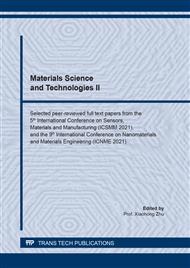p.3
p.9
p.15
p.21
p.33
p.39
p.45
p.51
Biomimetic Nanocatalysts Enhance Oxidative Damage against Cancer Cells
Abstract:
Red blood cells (RBCs) naturally delivery oxygen and kill pathogens through reactive oxygen species (ROS) generated from Fe-protoporphyrin component in hemoglobin, which might be also promising for cancer treatment in terms of relieving tumor hypoxia and inducing oxidative damage against cancer cells. However, the therapy efficacy is far from satisfactory due to the limited oxygen transport and ROS generation rate in tumor tissue. Herein, artificial RBCs (designated as FTP@RBCM) with radical storm production ability is developed for oncotherapy through multi-dimensional reactivity pathways of Fe-protoporphyrin based hybrid metal-organic framework (FTP, as the core), including photodynamic/chemodynamic (PDT/CDT)-like, catalase-like and glutathione (GSH) peroxidase-like activity. Meanwhile, owing to the advantages of reticuloendothelial system (RES) evasion and long circulation abilities of RBCs governed by their cell membranes (RBCMs), FTP with surface further coated with RBCMs (FTP@RBCM) could enormously accumulate at tumor site to achieve remarkably enhanced therapy efficiency.
Info:
Periodical:
Pages:
15-19
Citation:
Online since:
April 2022
Authors:
Price:
Сopyright:
© 2022 Trans Tech Publications Ltd. All Rights Reserved
Share:
Citation:


